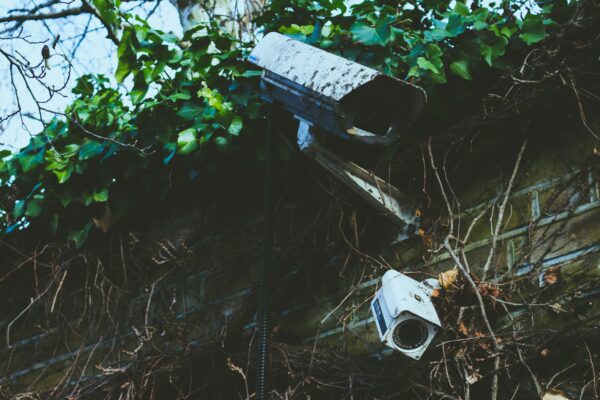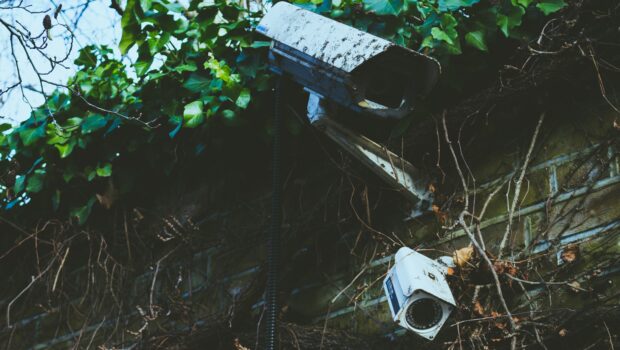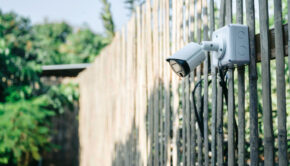What Type of Security Camera Is Best for Your Home?
Summer is right around the corner. And while you may be looking forward to the sunshine and tan lines, the warmer season does have its downside. When temperatures rise, so do the number of burglaries. In fact, break-ins tend to spike by 10% between June and August.
Meanwhile, only 25% of Americans have a home security system and 40% don’t do anything at all to protect against burglars.
Taking preventive measures doesn’t have to be difficult or expensive, though. With a little bit of research and consideration, you can find a security camera to protect your house and everything inside it.

Here are a few different types to look into and how they can prevent theft, trespassing, and other criminal activities in and around your home.
Outdoor Cameras
When it comes to protecting your home, your first line of defense is outdoor security cameras. Many times, this kind of surveillance will deter burglars from even stepping foot on your property.
However, if they’re bold enough to try, the camera can activate a motion-sensor floodlight, begin recording their movements, send you a mobile alert, or even sound an alarm to scare them off.
Indoor Cameras
Still, some thieves are audacious enough to break into homes with outdoor security cameras. In this case, it’s helpful to have indoor cameras throughout your home, too. Place them on the ground level of your house at the very least to monitor easily accessible and high-traffic areas like the front hallway and living room.
Nowadays, you can even find ones that record indoor temperature, humidity, and air quality to provide maximum security and peace of mind.
Video Doorbells
Video doorbells are technically outdoor cameras, but because they monitor your home’s main entrance, they deserve a section all to themselves.
These security cameras begin recording when they detect motion or when someone rings the doorbell. Many also allow for two-way communication so you can ask questions and confirm identification before opening the door.
Wired Cameras
Both indoor and outdoor cameras can be wired, which means they connect to a central recording device via a physical wire or cable. Thus, they may require professional installation.
In most cases, wired indoor cameras will look like domes that you can mount on ceilings if you wish. Outdoors, this type of security camera is more likely to look like a long cylinder or bullet.
Wireless Cameras
Wireless cameras — or Wi-Fi cameras — connect to a Wi-Fi network and store footage in the cloud. While they don’t need a cable to transmit video and are easier to install, they still require you to plug them into an outlet for power.
Of course, constantly running your security system in the background can cause your energy bills to spike. Therefore, it’s wise to invest in a few smart power strips to turn off certain cameras when they’re in standby mode.
Wire-Free Cameras
Homeowners who would rather skip the hassle of wires and plugs can purchase wire-free cameras instead. This type of system might involve low-glow or no-glow trail cameras and battery-powered cameras, which are supremely easy to conceal indoors or out.
Of course, you may have to take battery life into consideration to ensure your system is always up and running. However, solar-powered tech is always an option if you don’t want to worry about replacing batteries every few months.
Other Features to Consider
Aside from adequate power and connectivity, most security cameras will come with a plethora of different features to help you keep a closer eye on your home.
For example, one camera may come with night vision and audio capabilities, while another may feature zoom, a wide field of view, and a high dynamic range to minimize glare. Of course, you must also consider the cost, durability, storage, accompanying apps, notifications, and the potential for smart home integration of each type of camera.
Only after conducting thorough research and assessing your property’s vulnerabilities can you determine which system will work best for you.















